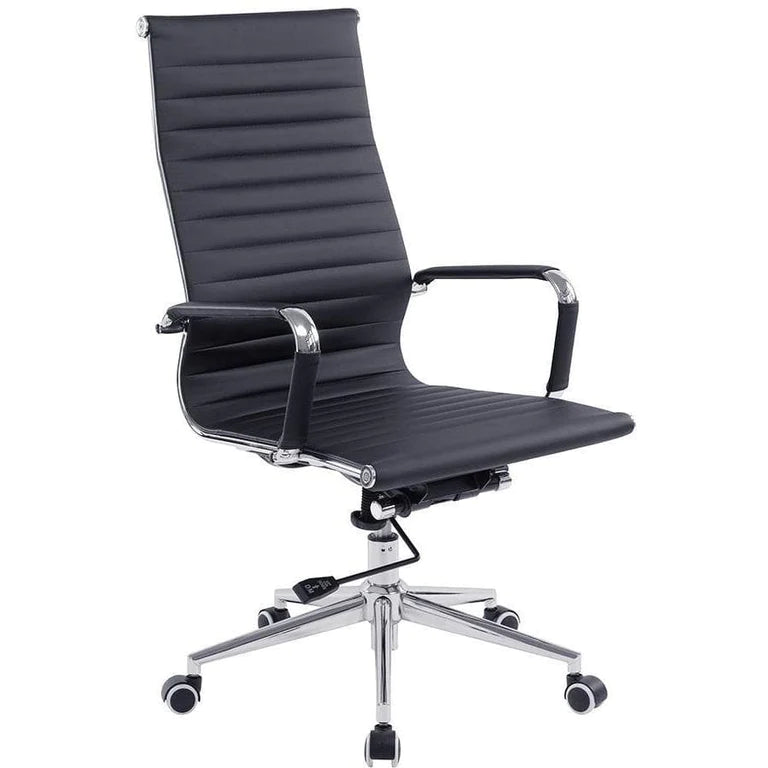
Sitting Posture Tips: Make the Most of Your Ergonomic Office Chair

Introduction
Office chairs with ergonomic design are all the rage, offering a comfortable seating experience that minimizes the risk of back pain, neck strain, and other posture-related issues. However, even the most advanced ergonomic chair is not a magic fix for poor posture. To truly benefit from the features of your chair, it's crucial to sit correctly. In this article, we will explore some valuable tips to optimize your sitting posture and fully utilize your ergonomic chair.
Adjust the Chair Height
The height of your chair plays a significant role in maintaining a healthy posture. Your feet should rest flat on the floor, and your knees should be at a 90-degree angle. To achieve this, adjust the chair's height until your thighs are parallel to the floor.
Align Your Back Properly
A good ergonomic chair will come with lumbar support, designed to match the natural curve of your spine. Make sure your back is snug against the chair's backrest to benefit from its design. Avoid slouching or leaning forward, as this can lead to back and neck problems over time.
Keep Elbows Close
Your elbows should be close to your body and form an angle between 90 and 120 degrees. This prevents shoulder strain and keeps your hands at a comfortable level, which is particularly important if you spend a lot of time typing or using a mouse.
Eye-Level Screen
Place your computer monitor so that the top of the screen is at eye level. This prevents you from having to tilt your head up or down, which can lead to neck strain. If your monitor is too low, consider using a stand to raise it to the appropriate height.
Feet on the Floor
It may be tempting to cross your legs or tuck them underneath you, but this can have detrimental effects on your posture. Keep your feet flat on the floor to maintain the alignment of your knees and hips. If your feet don't reach the floor, you can use a footrest.
Take Breaks
Sitting in the same position for extended periods is not ideal, no matter how ergonomic your chair may be. Make it a habit to stand, stretch, and walk around every 30 minutes. These short breaks can relieve muscle tension and improve circulation.
Tailor the Armrests
Adjust the armrests so that your shoulders are relaxed and your arms are supported. This takes the weight off your shoulders and reduces the risk of developing strain or tension in that area.
Tilt Tension
Some ergonomic chairs offer a tilt tension feature, allowing you to recline slightly while working. Use this feature to occasionally shift your posture and relieve pressure on your lower back.
Conclusion
An ergonomic chair is a valuable investment for anyone spending considerable time seated at a desk. However, to maximize the benefits, it's essential to pay attention to how you sit. Following these tips can help you maintain a healthy posture, ensuring that your ergonomic chair serves its purpose effectively.









